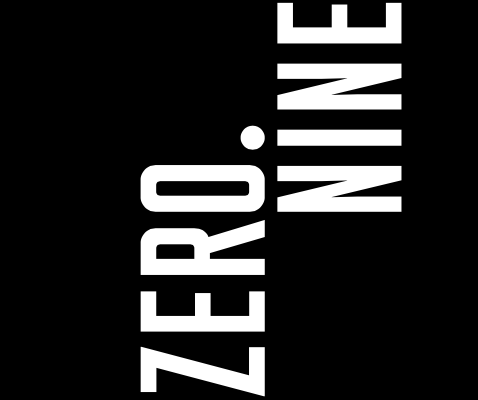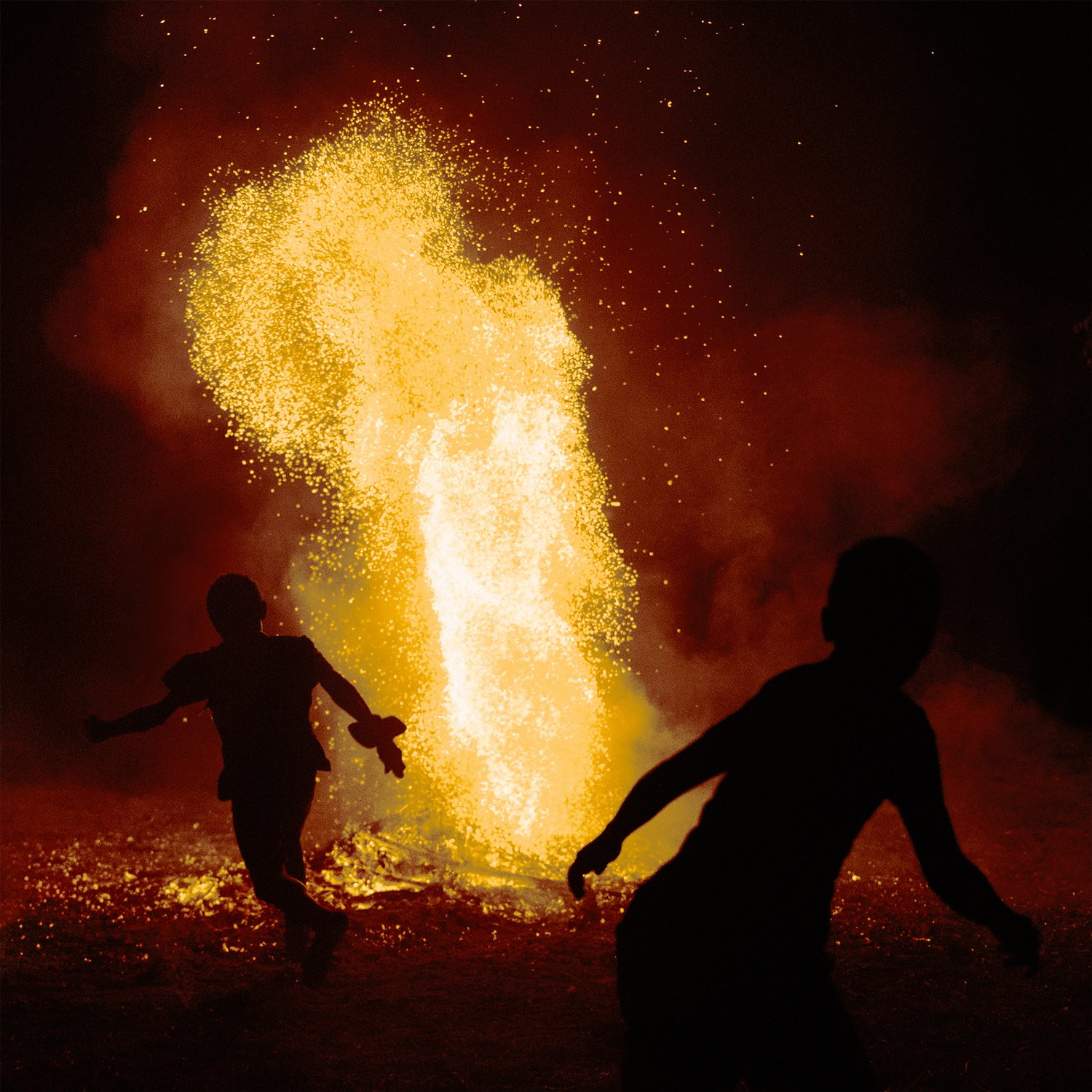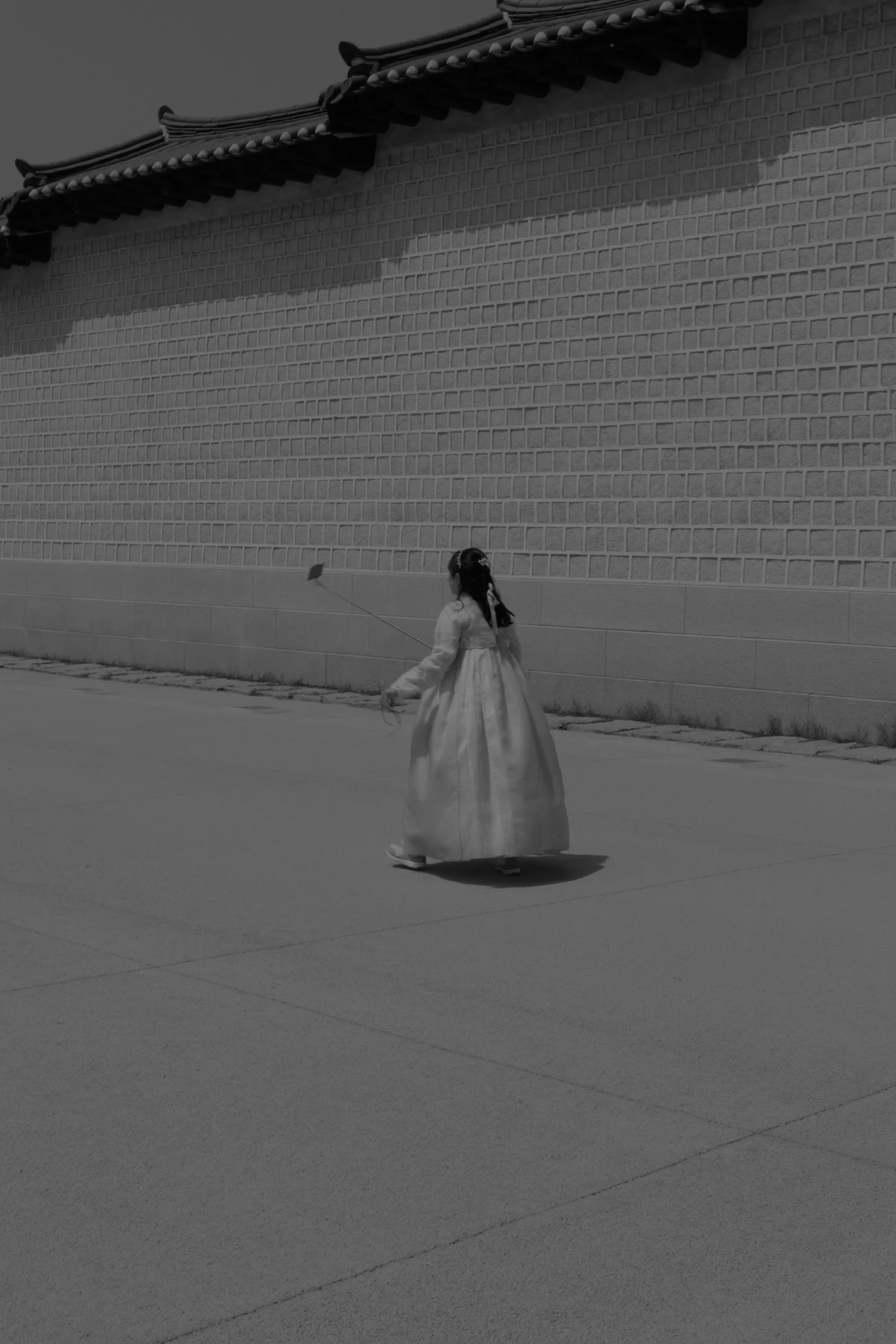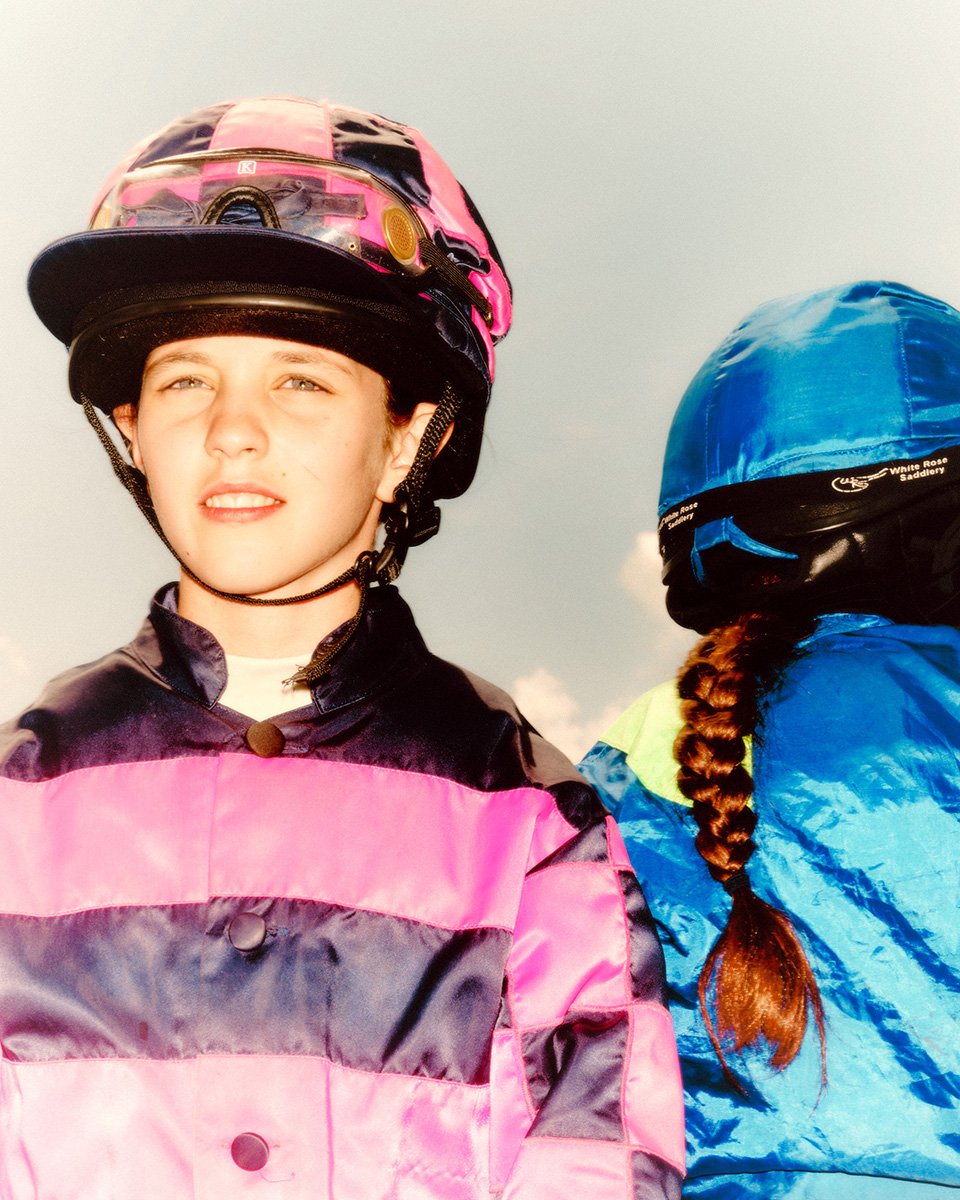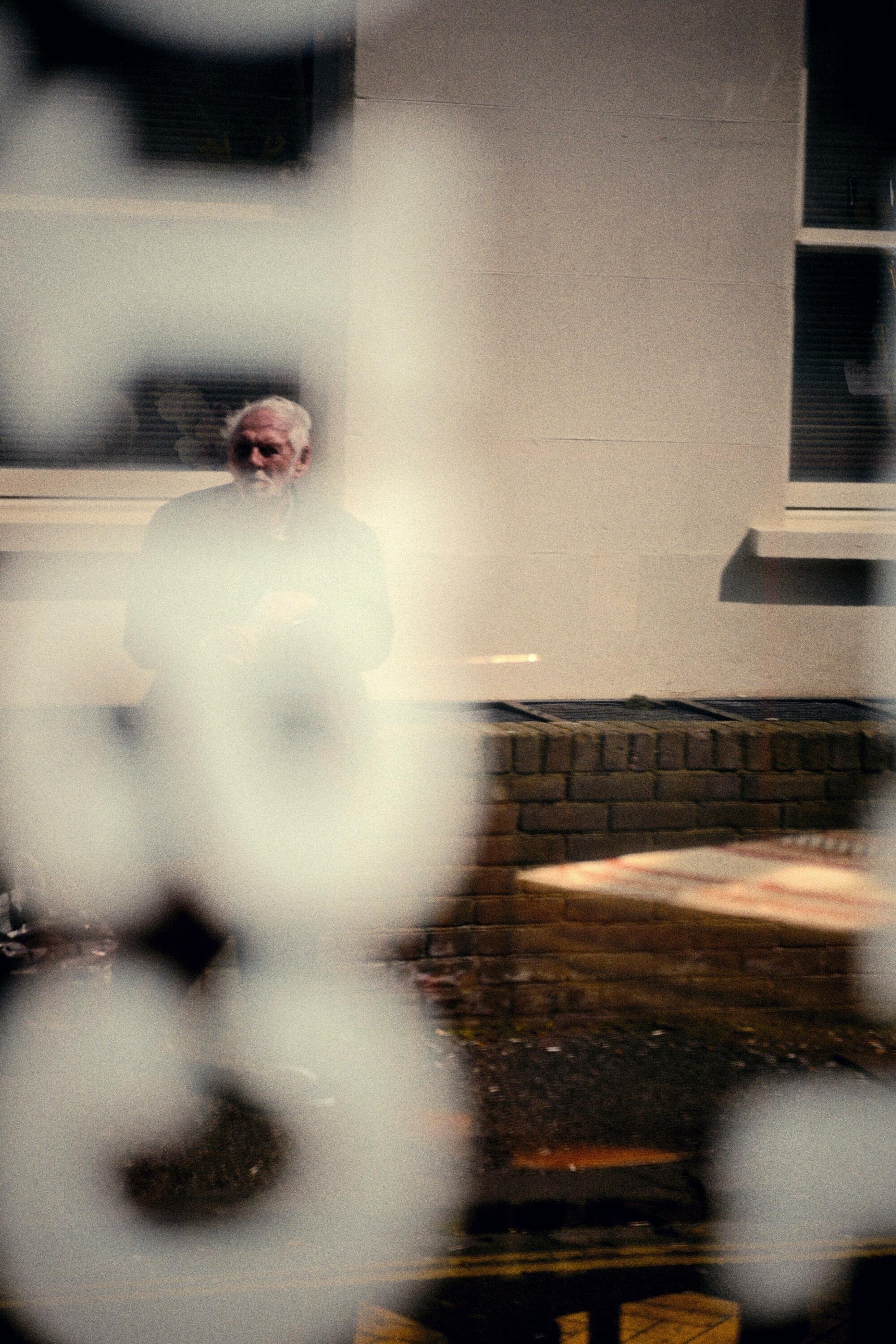The Moss-Men (Los Hombres de Musgo)
Our very own JC Verona, photographer and co-founder of ZERO.NINE travelled to his hometown Béjar in Spain to create a series about the unique tradition of local men covering their bodies in moss. Dating back to medieval times, the Moss-Men symbolise a profound connection with nature and highlight the importance of preserving local traditions. We spoke to him in an exclusive interview to find out more about the project that has been on his mind for years.
Interview ZERO.NINE Photography JC VeronaFor anyone who has never heard about the Moss-Men, can you briefly explain what they are and why people dress up wearing moss?
The Moss-Men are a traditional symbol originating from Béjar, Spain, reviving an ancient local legend. According to tradition, the Moss-Men honour a historical event in which Christians disguised themselves in moss to blend in and retake the city from the Arabs. However, the veracity of this event remains uncertain to this day. The practice of adorning individuals in moss during the Corpus Christi religious parade in Béjar dates back to around 1397, commemorating the savage figure and continuing as a part of the local festivities until today. This tradition symbolises bravery, a profound connection with nature, and echoes the concept of the ‘Wilder Mann’. The official interpretation of reconquest emerged later, in the 17th century.
What’s the meaning behind this?
The Green-man is an archetype with a very deep historical depth. Throughout history, the cultural identities of ancient civilizations such as Greece, Rome, the medieval Christian world, and the Renaissance were shaped by the existence of an imaginary figure known as the Savage. Initially serving as a negative comparison to civilised society, the Savage acted as a distorted mirror through which individuals could reflect on their own societal values. Over time, this perception evolved, transforming the Savage into a positive symbol, as observed in the philosophies of Rousseau, who depicted the Savage as less primitive and less hairy. A good way to discover more about this figure is through anthropologist Roger Bartra's book, The Savage in the Mirror, which provides valuable insights. Today, we can observe references to the wild-man in many contemporary places, films and books. The significance of the Moss-Men tradition lies in its rich historical and cultural symbolism, emphasizing the importance of preserving cultural heritage, traditions and the relationship between history and the natural environment of the region.
“The presence of the Béjar Moss-Men in a religious procession is particularly unique – it has been kept alive over centuries as an integral part of the religion’s cultural identity.”
Does this tradition only exist in your hometown Béjar?
The tradition of the Moss-Men, as depicted in this series, is unique to Béjar, although similar representations of the wild man covered in moss exist in Zarramacadas de Mecerreyes, and variations without moss can be found in many other places around the world. Throughout history, the Green-man has adopted a very varied typology; despite their obvious differences, these figures share many common elements. They are often depicted as disturbing, asocial beings, halfway between man and beast and, therefore, unclassifiable. The presence of the Béjar Moss-Men in a religious procession is particularly unique – it has been kept alive over centuries as an integral part of the religion’s cultural identity.
“I wanted to create a series of images that not only tell the story of the Moss-Men but also I wanted to represent this figure as if it were a registered inhabitant of the city.”
What was your motivation to start the project?
My motivation to start this project stemmed from my desire to reconnect with my hometown and highlight the importance of the figure of the “Savage” at a time when Béjar is facing rapid depopulation and urban decay. I wanted to create a series of images that not only tell the story of the Moss-Men but also I wanted to represent this figure as if it were a registered inhabitant of the city. The images are open to multiple interpretations, allowing viewers to use their imagination.
How did you approach setting up the different scenes and how did you select the locations?
To set up the different scenes, I began by deeply researching the history and legends of the Moss-Men. During that stage, I made great discoveries and found books like El Hombre de Musgo y su parentela salvaje by Gabriel Cusac Sánchez and José Muñoz Dominguez which is an open testament of the history and origin of the local Moss-Men. Then I selected locations that held special significance and also reflected the current reality of Béjar, both in urban and rural settings. I looked for places that showed the contrast between urban decay and natural beauty, emphasising the message of the series.
“I looked for places that showed the contrast between urban decay and natural beauty, emphasising the message of the series.“
How many images have you created?
So far, I have created a series of 13 images, plus sequencing step-by-step images. There is a street exhibition featuring large-scale photographs (2x3 meters) displayed on facades, balconies, and in some closed commercial establishments in Béjar, Salamanca, Spain. This exhibition aims to revitalise the culture and historic center of the city.
I heard you are also working on a film and book?
Yes, the film is currently in post-production and hopefully we can show it next year if everything goes as planned. I would really like to make a book for this collection, however I intend to shoot more scenes later this year and early next, so we’ll see where we are by then. It’s definitely something I would love to make to wrap up this journey.
“For the urban scenes, I prefer to shoot at dusk, where day meets night, to enhance the symbolic contrast between the savage and the civilized man.”
Can you talk us through your process and how you work?
My process starts with research and planning. I investigate the legends and history of the Moss-Men, then select the locations and plan the scenes. I work with local people, including assistants and models who dress in moss. For the urban scenes, I prefer to shoot at dusk, where day meets night, to enhance the symbolic contrast between the savage and the civilized man. For the scenes set in nature, I shoot during the day to emphasize that the Moss-Men are in their natural environment.
One of the images stands out because the Mossman is covered in plastic. Why is that?
Yeah, the Moss-Man is covered in plastic because it is shot by an epic millennial tree at the Centena forest Centena Forest. According to the written tale of the Reconquest, this is where the Moss-Men depart for battle.
What were the biggest challenges?
One of the biggest challenges was the managing the logistics. This included finding people, coordinating schedules, gaining access to some places, closing streets to the public, preparing the locations and ensuring everything was ready to shoot at the desired time.
Are you finished with the project and what plans do you have for the future?
The project is still ongoing and I plan to expand the series with more images. In the future, I would like to organise an exhibition in a gallery to showcase this work and raise more awareness about the importance of preserving our traditions and natural environment.
Recently very similar images of people covered in wood and moss appeared across various channels, most notable maybe Rihanna covered in leaves and moss. What do you think about that? Is this a new trend?
It’s funny when those trends just appear when you are working on something you had in mind for the last 10 years. I think it’s great! We should be more connected with and protective of nature and our origins.
Click HERE to see the project.
About JC
Juan Carlos Verona is a Spanish portrait photographer who infuses imagination and simplicity into complex visual narratives. He studied at Grisart Photography School in Barcelona and formed himself with various short courses at the London Film School. He has collaborated with brands such as Adidas, Sainsbury’s, L’Oreal, Champion Sportswear, Universal Records, and Sony Music to mention some. His work has been seen in magazines like Metal, Fucking Young, 1883, Creative Heads, Marie-Claire, to mention a few. He is also the co-founder of ZERO.NINE Magazine is an online platform dedicated to bringing the arts and the photography community together. He has won The AOP Fashion Photography Awards in 2017 and 2019, plus being nominated various times since 2014 to 2023.
To see more of his work, visit his website or follow him on Instagram
